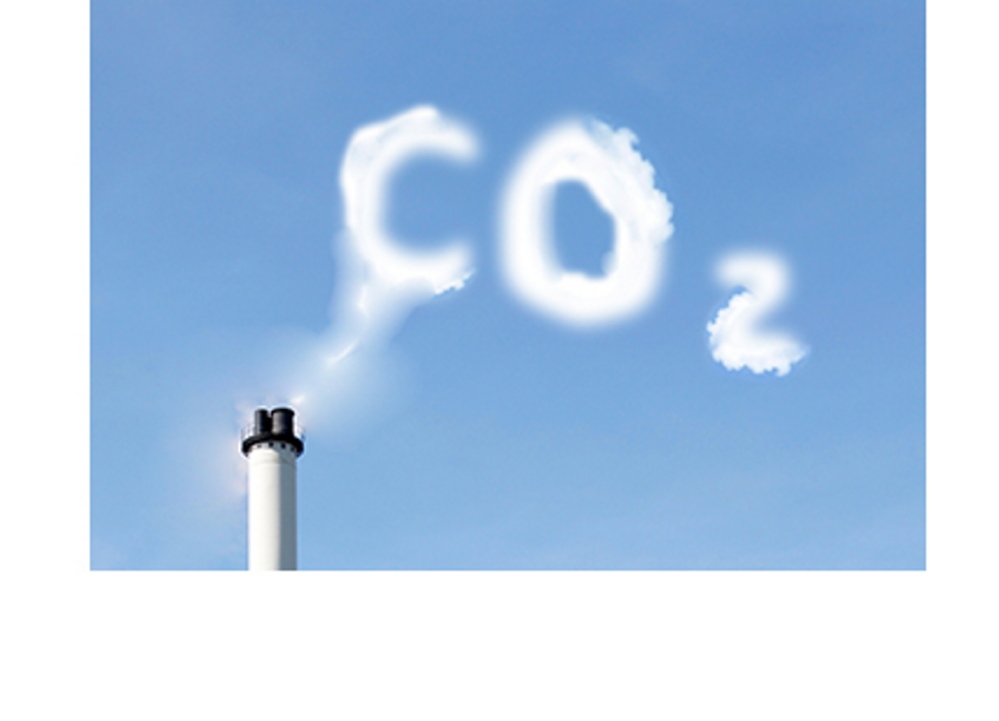Summer in Maine is supposed to be the reward for enduring a long, cold winter. For too many Maine residents, though, sunny days are no fun. These are the people with heart and lung ailments that are aggravated when sunlight and heat combine with pollutants from dirty out-of-state power plants to create ozone.
These Mainers may get relief if President Barack Obama succeeds in putting in place the first federal limits on existing power plants’ carbon emissions. That’s why it’s important for Maine’s entire congressional delegation to resist efforts to weaken the restrictions.
In places such as Maine, which has one of the highest asthma rates of any state in the U.S., ozone can do a lot of damage.
Inhaling ozone can boost the risk of respiratory infections and trigger asthma attacks, coughing and shortness of breath. Asthma patients and people with chronic obstructive pulmonary and cardiovascular diseases can wind up being treated in the emergency room or even admitted to the hospital.
Chronic ozone exposure raises the chance that a youngster with asthma will be hospitalized for the ailment. And high levels of ozone in a community have been linked to low birth weights and impaired lung functioning in newborns.
Statewide, ozone is at its worst in York County, which earned an F for ozone pollution in a 2015 American Lung Association ranking. Elsewhere along the coast, air quality is better but still mediocre: Cumberland, Hancock and Knox counties each got a C.
The bad air in Maine can be traced largely to emissions from coal-fired power-generation plants in the South and Midwest. Carbon dioxide emitted by the utilities builds up in the Earth’s atmosphere, leading to increase in the number and severity of heat waves. The warmer air combines with gases from smokestacks and vehicle tailpipes to create more ozone.
The goal of the Environmental Protection Agency’s proposed Clean Power Plan is to cut U.S. carbon pollution 30 percent from 2005 levels by 2030. Each state will be allowed to develop its own approach to producing power with less pollution, whether that means increasing energy efficiency, closing or updating coal plants or building new renewable energy systems, such as solar or wind farms.
Due to be finalized in August, the Clean Power Plan faces powerful adversaries in Washington, where lawmakers have tried tactics such as inserting a rider into the EPA’s annual spending bill that would cut off federal funding to implement the rule.
Maine’s senators and representatives in Congress should face down the Clean Power Plan’s opponents. Maine residents have been sacrificing our health and our workplace and classroom productivity so other states can enjoy cheap energy.
The new EPA rule will help us all breathe more easily.
Send questions/comments to the editors.


